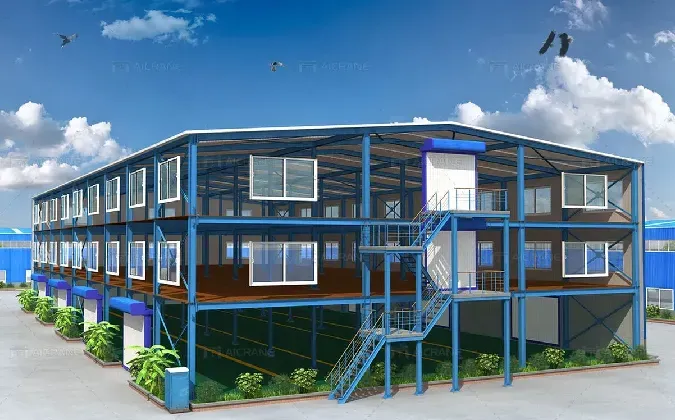- Afrikaans
- Albanian
- Amharic
- Arabic
- Armenian
- Azerbaijani
- Basque
- Belarusian
- Bengali
- Bosnian
- Bulgarian
- Catalan
- Cebuano
- Corsican
- Croatian
- Czech
- Danish
- Dutch
- English
- Esperanto
- Estonian
- Finnish
- French
- Frisian
- Galician
- Georgian
- German
- Greek
- Gujarati
- Haitian Creole
- hausa
- hawaiian
- Hebrew
- Hindi
- Miao
- Hungarian
- Icelandic
- igbo
- Indonesian
- irish
- Italian
- Japanese
- Javanese
- Kannada
- kazakh
- Khmer
- Rwandese
- Korean
- Kurdish
- Kyrgyz
- Lao
- Latin
- Latvian
- Lithuanian
- Luxembourgish
- Macedonian
- Malgashi
- Malay
- Malayalam
- Maltese
- Maori
- Marathi
- Mongolian
- Myanmar
- Nepali
- Norwegian
- Norwegian
- Occitan
- Pashto
- Persian
- Polish
- Portuguese
- Punjabi
- Romanian
- Russian
- Samoan
- Scottish Gaelic
- Serbian
- Sesotho
- Shona
- Sindhi
- Sinhala
- Slovak
- Slovenian
- Somali
- Spanish
- Sundanese
- Swahili
- Swedish
- Tagalog
- Tajik
- Tamil
- Tatar
- Telugu
- Thai
- Turkish
- Turkmen
- Ukrainian
- Urdu
- Uighur
- Uzbek
- Vietnamese
- Welsh
- Bantu
- Yiddish
- Yoruba
- Zulu
ታኅሣ . 18, 2024 22:39 Back to list
Steel Solutions for Modern Steel Buildings
In the realm of construction, the material choice plays a pivotal role in determining the durability, safety, cost-effectiveness, and sustainability of buildings. Steel has emerged as one of the preeminent materials in modern construction, particularly for large-scale and complex structures. With its remarkable strength-to-weight ratio, flexibility, and recyclability, steel solutions cater to a diverse range of architectural demands. This article delves into the benefits of using steel in building projects, the innovative techniques employed, and the future of steel buildings.
Strength and Durability
Steel is renowned for its unparalleled strength. Unlike traditional building materials such as wood or concrete, steel can withstand significant loads while maintaining its structural integrity. This characteristic allows architects and engineers to design tall and expansive buildings that would otherwise be impossible. The durability of steel extends its lifespan, often surpassing 50 years without requiring extensive maintenance.
Furthermore, steel buildings are built to endure extreme weather conditions including high winds, heavy snow, and earthquakes, making them a preferred choice in regions prone to natural disasters. This robustness results in reduced repair costs and less downtime, ultimately benefiting the owners and occupants of the building.
Cost-Effectiveness
While the initial cost of steel may be higher than other materials, the long-term savings are gravely significant. The speed of construction with steel solutions can drastically reduce labor costs. Prefabricated steel components can be manufactured off-site and assembled quickly at the construction site, which shortens the project timeline. Reduced timeline costs are particularly crucial in commercial developments where time is money.
Moreover, the minimal maintenance and longevity of steel structures reduce operational costs over time
. The energy efficiency of steel buildings, when properly designed, can lead to lower utility bills, further enhancing their financial viability.Sustainability and Eco-Friendliness
steel solutions steel buildings

In today’s environmentally conscious society, the sustainability of building materials is a paramount concern. Steel is inherently recyclable, making it one of the most sustainable construction materials available. Steel can be recycled multiple times without losing its integrity, significantly reducing the amount of waste sent to landfills.
Moreover, advancements in steel production have led to reduced energy consumption and lower carbon emissions, making steel a more eco-friendly choice than in previous decades. Manufacturers are increasingly adopting greener practices, utilizing electric arc furnaces and sourcing scrap steel to minimize their environmental footprint.
Architectural Flexibility and Aesthetics
The design capabilities that steel offers are virtually limitless. Its inherent strength allows for larger open spaces which are increasingly sought after in modern architectural designs. Interior spaces can be maximized without the constraints of load-bearing walls, leading to innovative and flexible layouts.
Aesthetically, steel can be used creatively in both the structural framework and the façade. Architects are utilizing exposed steel beams and columns as design features, adding an industrial aesthetic to contemporary buildings. Additionally, steel can be combined with other materials such as glass, wood, and concrete, providing endless creative opportunities for architectural expression.
Future of Steel Buildings
Looking forward, the integration of technology with steel construction is set to revolutionize the industry. Innovations such as Building Information Modeling (BIM), advanced fabrication techniques, and the use of artificial intelligence in design and construction planning are transforming how steel buildings are conceived and constructed.
Moreover, as the demand for sustainable practices grows, the development of eco-efficient steel production methods is likely to increase. These advancements mean that not only is the construction industry adapting to the changing landscape but also contributing positively to environmental sustainability.
In conclusion, steel solutions for modern buildings present a myriad of advantages that cater to the demands of the contemporary construction industry. From unmatched strength and durability to cost-effectiveness and sustainability, steel’s role in shaping our built environment is undeniable. As we look to the future, it is clear that the evolution of steel building practices will continue to lead the way in architectural innovation and environmental stewardship.
-
Cold Formed Steel Residential Framing
NewsMay.21,2025
-
Innovative Steel Structure Building Solutions
NewsMay.19,2025
-
Innovative Prefab Metal Shed Solutions
NewsMay.19,2025
-
Durable Steel Horse Shelter Solutions
NewsMay.19,2025
-
Durable Metal Shed Solutions
NewsMay.19,2025
-
Durable Big Metal Shed Solutions
NewsMay.19,2025
Products categories
Our Latest News
We have a professional design team and an excellent production and construction team.












